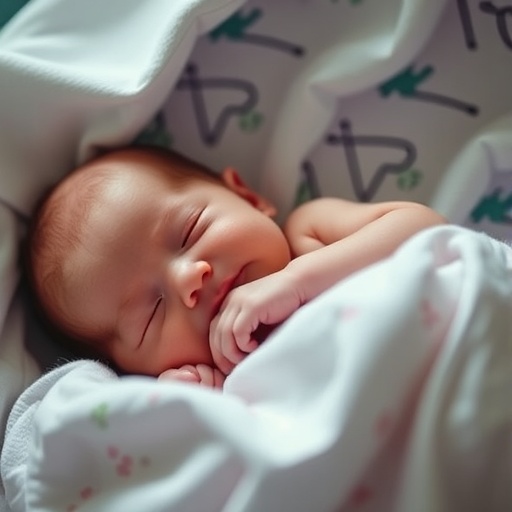New research from La Trobe University has raised concern about the number of Victorian women suffering potentially dangerous levels of blood loss after childbirth.
Published in the Australian and New Zealand Journal of Obstetrics and Gynaecology, the research found the rate of postpartum haemorrhage or childbirth haemorrhage had increased by 50 per cent relative to birth rate in Victoria between 2003 and 2013. Blood transfusions, admissions to intensive care or high dependency units and hysterectomies also rose.
Postpartum haemorrhage is excessive blood loss in the first 24 hours following birth.
Researchers from La Trobe University's Judith Lumley Centre in the School of Nursing and Midwifery used data from the Victorian Perinatal Data Collection to conduct the first in-depth analysis of postpartum haemorrhage since 2002.
Lead researcher Margaret Flood said their research found one in five (21.8 per cent) women who gave birth in Victoria between 2009 and 2013 had primary postpartum haemorrhage, while one in 71 women (1.4 per cent) experienced severe primary postpartum haemorrhage.
"Excessive blood loss following childbirth is a leading cause of maternal deaths worldwide," Ms Flood said.
"While death is relatively rare in Australia, the impact on women and their families can be substantial."
The research found women who had an unassisted vaginal birth had the lowest incidence of primary postpartum haemorrhage, while women who had a caesarean birth had the highest. Those who had forceps births had the highest incidence of severe postpartum haemorrhage.
The researchers recommended maternity health providers conduct drills, establish response teams and review management protocols and documentation to address the concerning trend.
"Our findings support the need for vigilance in the early postpartum period to enable clinicians to promptly detect and initiate treatment for excessive blood loss," Ms Flood said.
###
La Trobe University conducted the research in collaboration with Monash University.
Media Contact Anastasia Salamastrakis 0428 195 464
Media Contact
Anastasia Salamastrakis
[email protected]
61-342-819-5464
http://www.latrobe.edu.au
https://www.latrobe.edu.au/news/articles/2018/release/concerning-childbirth-trends




